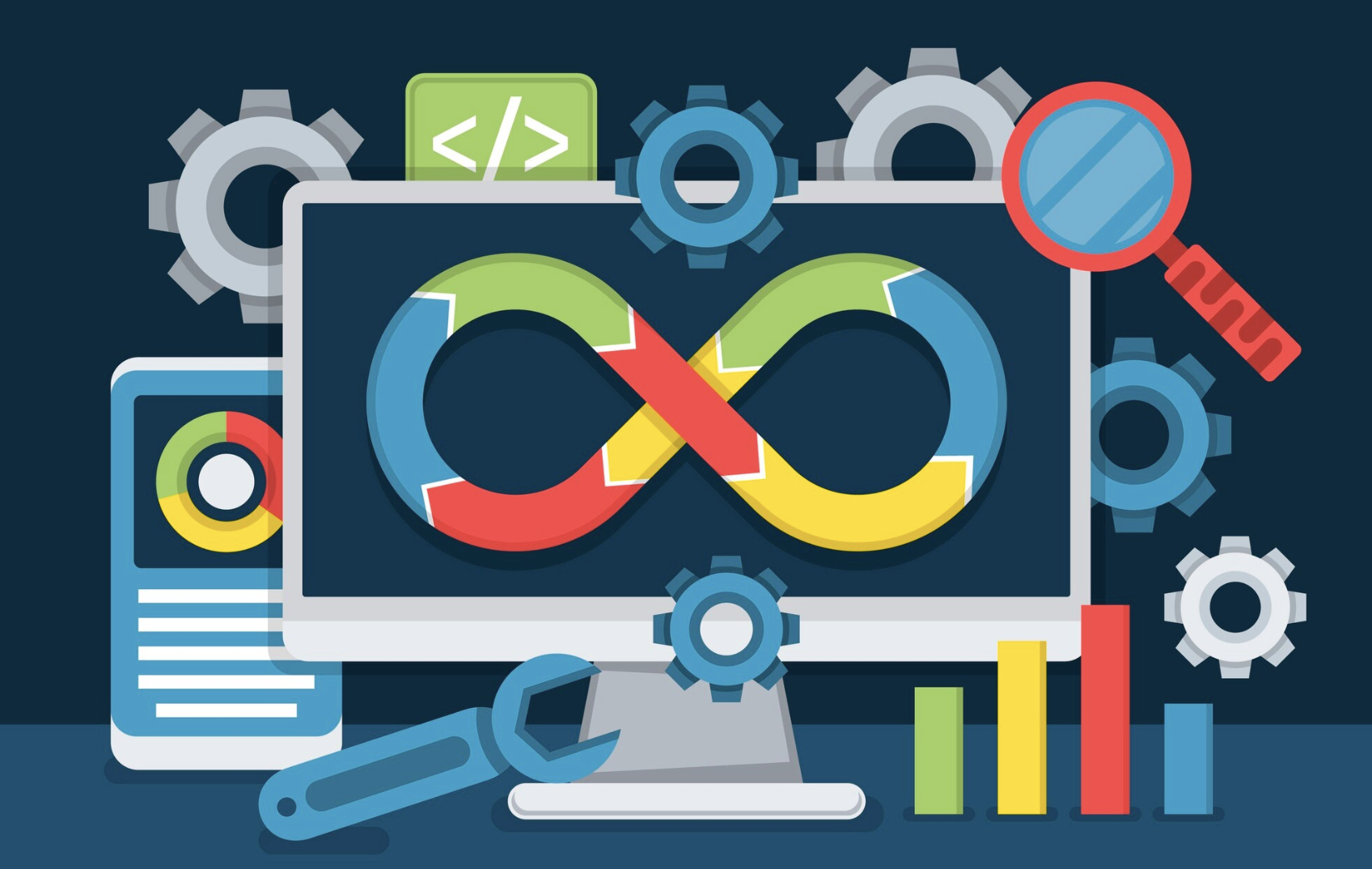
DevOps monitoring is a crucial aspect of the DevOps methodology, which focuses on improving collaboration and communication between development (Dev) and operations (Ops) teams to deliver software faster and more reliably. DevOps monitoring involves the continuous collection, analysis, and visualization of data from software development and production environments to ensure the health, performance, and availability of systems and applications.
DevOps monitoring emphasizes continuous monitoring of systems, applications, and infrastructure throughout the software development lifecycle. This includes monitoring development, testing, staging, and production environments to detect and address issues proactively. DevOps monitoring provides end-to-end visibility into the entire software delivery pipeline, from code commit to deployment and beyond. It allows teams to monitor the progress of code changes as they move through different stages of the pipeline and identify bottlenecks or inefficiencies that may impact delivery speed or quality.
DevOps monitoring relies on metrics and key performance indicators (KPIs) to assess the health and performance of systems and applications. These metrics may include response time, throughput, error rates, resource utilization, and user satisfaction, among others. Monitoring tools collect and analyze these metrics in real-time to provide insights into system behavior and performance trends. DevOps monitoring systems are equipped with alerting and notification mechanisms to notify teams of potential issues or anomalies. Alerts can be triggered based on predefined thresholds or conditions, such as high error rates, low disk space, or system downtime. Timely alerts help teams identify and address issues before they escalate into major incidents.
DevOps monitoring often involves automation to streamline monitoring processes and workflows. Automation tools can automate the collection and analysis of monitoring data, as well as the execution of remediation actions in response to detected issues. Automation helps reduce manual effort, improve efficiency, and ensure consistency in monitoring practices. DevOps monitoring tools integrate with other DevOps tools and platforms, such as version control systems, continuous integration/continuous deployment (CI/CD) pipelines, configuration management tools, and collaboration platforms. Integration allows teams to correlate monitoring data with other development and operations activities, enabling better decision-making and collaboration.
DevOps monitoring facilitates a feedback loop between development and operations teams by providing actionable insights into system performance and stability. Teams use monitoring data to identify areas for improvement, prioritize tasks, and make informed decisions to optimize system performance, reliability, and scalability.



DevOps monitoring plays a critical role in enabling DevOps teams to deliver high-quality software quickly and efficiently by ensuring visibility, transparency, and accountability across the software delivery lifecycle. It helps teams identify and address issues early, minimize downtime, and continuously improve the delivery process to meet evolving business needs and customer expectations
Nice one!!